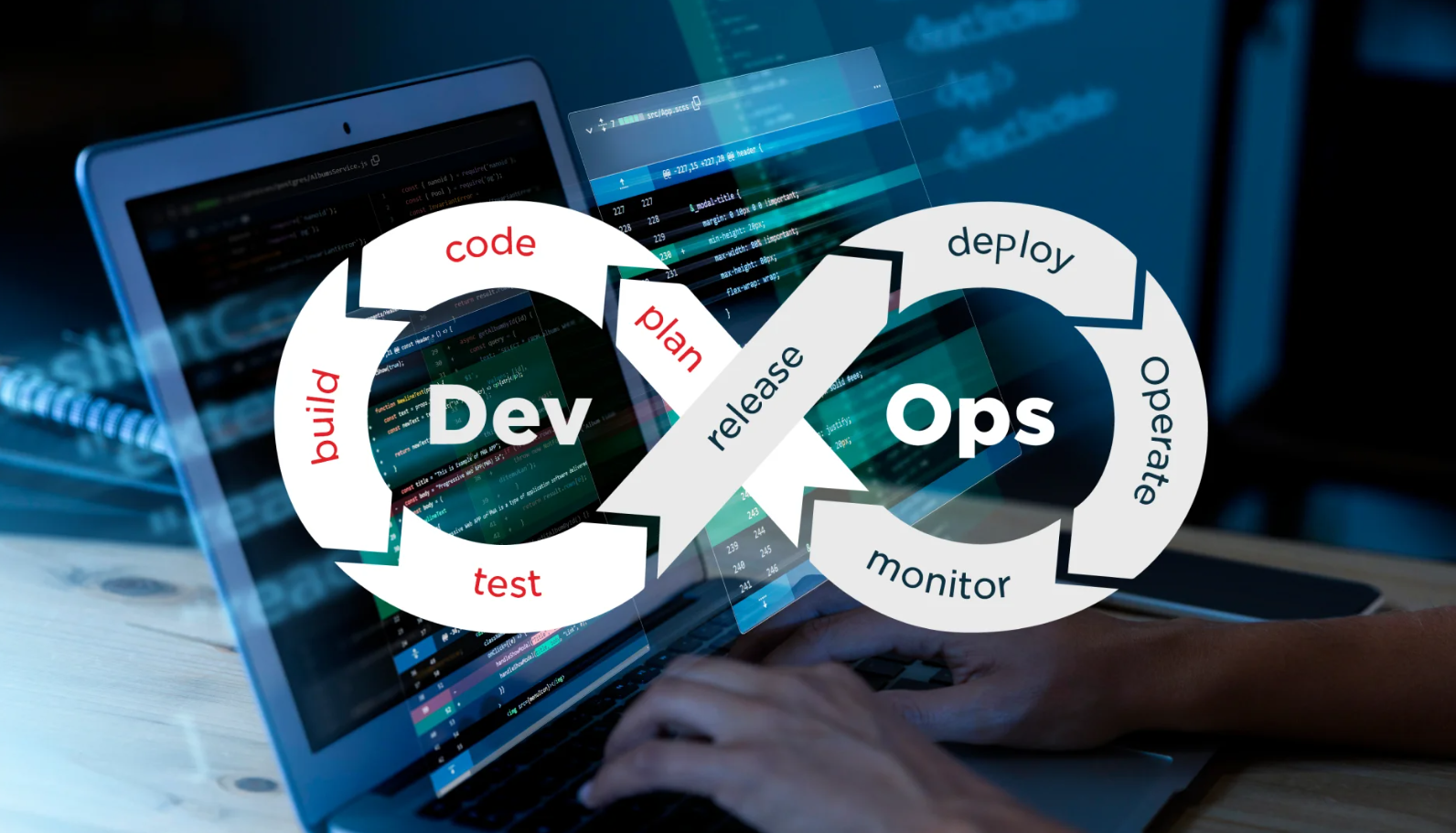Physical Address
304 North Cardinal St.
Dorchester Center, MA 02124
Physical Address
304 North Cardinal St.
Dorchester Center, MA 02124

In today’s fast-paced digital landscape, Software-as-a-Service (SaaS) companies must deliver updates, features, and fixes rapidly while maintaining reliability. DevOps, a combination of development and operations, plays a critical role in accelerating SaaS deployment, ensuring seamless continuous integration, delivery, and automation.
By integrating DevOps principles, SaaS businesses can reduce deployment time, enhance collaboration, and optimize system performance, ultimately providing users with a stable, high-performing software experience.
Traditional software deployment models are often slow, manual, and error-prone. In contrast, DevOps introduces automation, collaboration, and agility, allowing SaaS providers to:
🔹 Deliver updates faster – Automating CI/CD pipelines reduces software release cycles.
🔹 Ensure high availability – Continuous monitoring detects and resolves issues in real time.
🔹 Scale efficiently – Cloud-native DevOps allows for seamless scaling based on demand.
🔹 Improve security – DevSecOps ensures compliance and security without slowing down releases.
🚀 Impact: SaaS companies using DevOps can deploy multiple updates per day, responding quickly to customer feedback and market changes.
🔹 Automates code integration, testing, and deployment to reduce manual errors.
🔹 CI/CD pipelines ensure new features are quickly and safely released.
🔹 Example: Netflix deploys hundreds of microservices updates daily using DevOps.
🔹 Automates provisioning and managing of cloud infrastructure.
🔹 Tools like Terraform & AWS CloudFormation enable scalable and repeatable deployments.
🔹 Example: Airbnb scales its cloud infrastructure dynamically with IaC.
🔹 CI/CD pipelines integrate automated testing for reliability.
🔹 Real-time monitoring tools (Prometheus, Datadog, New Relic) detect failures proactively.
🔹 Example: Shopify ensures platform stability with automated performance monitoring.
🔹 Containers (Docker, Kubernetes) make SaaS applications portable and scalable.
🔹 Microservices architecture improves fault isolation and enhances scalability.
🔹 Example: Spotify uses microservices & Kubernetes for seamless SaaS feature rollouts.
🔹 Security is integrated into development pipelines to prevent vulnerabilities.
🔹 Automated security scanning tools (Snyk, Checkmarx) detect threats early.
🔹 Example: PayPal ensures compliance with DevSecOps-driven automated security tests.
🚀 Impact: DevOps enables faster, safer, and more scalable SaaS deployments, reducing downtime and improving customer satisfaction.
⚠️ Complex Toolchain Management – Managing multiple DevOps tools can be overwhelming.
✅ Solution: Use integrated DevOps platforms like GitHub Actions, GitLab CI/CD, or AWS DevOps.
⚠️ Security & Compliance Risks – Faster deployments can introduce vulnerabilities.
✅ Solution: Adopt DevSecOps and automate compliance checks.
⚠️ Cultural Shift & Resistance – Transitioning to DevOps requires a mindset shift.
✅ Solution: Encourage cross-team collaboration and upskill developers.
🚀 Outcome: Overcoming these challenges ensures smooth, secure, and efficient DevOps adoption in SaaS environments.
🔮 AI & Machine Learning in DevOps – AI-driven DevOps automates issue resolution & performance optimization.
🔮 Serverless DevOps – No infrastructure management, enabling cost-effective SaaS scaling.
🔮 GitOps & Kubernetes-native Deployments – Enhancing deployment speed & reliability.
🔮 Zero Trust Security in DevSecOps – Strengthening SaaS security frameworks.
🚀 Conclusion: DevOps is redefining SaaS deployment, ensuring speed, reliability, and scalability. SaaS providers that adopt DevOps automation, CI/CD, and security-first strategies will lead the future of cloud-native software development.